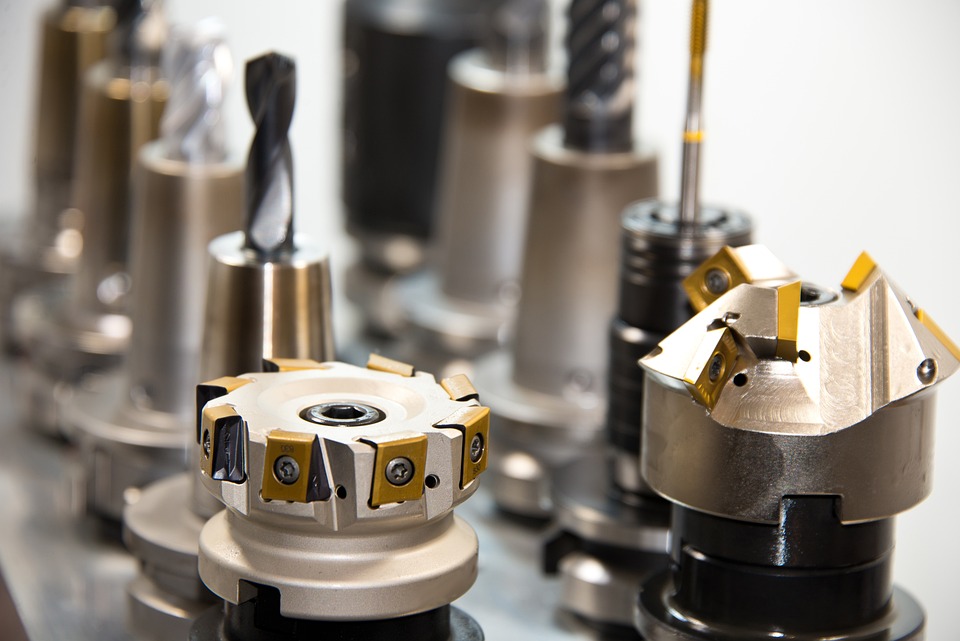What Are the Different Types of CNC Milling Machines?
CNC (Computer Numerical Control) milling machines are a type of machine tool used for machining metal and other materials. They are computer-controlled and can be used to produce a variety of parts and components with a high degree of accuracy and precision. CNC milling machines are available in a variety of sizes and configurations, and can be used for a variety of applications. In this article, we will discuss the different types of CNC milling machines and their uses.
Vertical Milling Machines
Vertical milling machines are the most common type of CNC milling machines. They are used to create parts with complex shapes and features, such as slots, grooves, and contours. The spindle of a vertical milling machine is located vertically, and the workpiece is clamped to the bed of the machine. The spindle can move up and down, as well as side to side, allowing for a wide range of cutting operations.
Horizontal Milling Machines
Horizontal milling machines are similar to vertical milling machines, but the spindle is located horizontally. This allows for more complex shapes and features to be machined, as the spindle can move in multiple directions. Horizontal milling machines are often used for larger parts, such as engine blocks and other large components.
Universal Milling Machines
Universal milling machines are a combination of vertical and horizontal milling machines. The spindle can move in multiple directions, allowing for a wide range of cutting operations. Universal milling machines are often used for complex parts, such as turbine blades and other components with complex shapes and features.
Bed-Type Milling Machines
Bed-type milling machines are similar to universal milling machines, but the spindle is fixed in place. This allows for more precise and accurate machining, as the spindle does not need to move in multiple directions. Bed-type milling machines are often used for large parts, such as engine blocks and other large components.
Drilling and Tapping Machines
Drilling and tapping machines are CNC milling machines that are used to create holes and threads in parts. These machines are often used for creating threaded holes in components, such as screws and bolts.
CNC Routers
CNC routers are CNC milling machines that are used to create parts with complex shapes and features. These machines are often used for creating parts with intricate details, such as furniture and other components with complex shapes.
CNC Lathes
CNC lathes are CNC milling machines that are used to create parts with cylindrical shapes. These machines are often used for creating parts with a cylindrical shape, such as shafts and other components with a circular cross-section.
FAQs
What is a CNC milling machine?
A CNC milling machine is a type of machine tool used for machining metal and other materials. They are computer-controlled and can be used to produce a variety of parts and components with a high degree of accuracy and precision.
What are the different types of CNC milling machines?
The different types of CNC milling machines include vertical milling machines, horizontal milling machines, universal milling machines, bed-type milling machines, drilling and tapping machines, CNC routers, and CNC lathes.
What are CNC milling machines used for?
CNC milling machines are used for a variety of applications, such as creating parts with complex shapes and features, creating threaded holes, creating parts with a cylindrical shape, and creating parts with intricate details.





